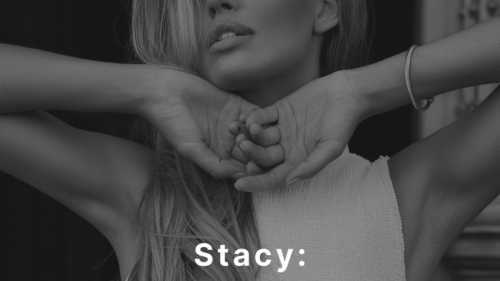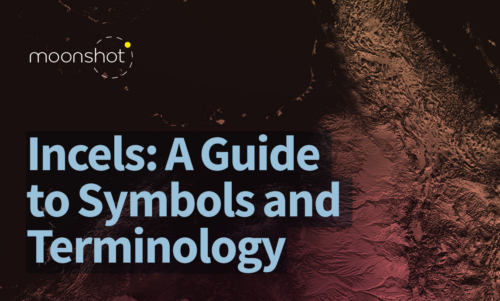Although the term incel is now widely associated with male-dominated online spaces and misogynistic ideologies, it was originally coined by a woman. In the 1990s, a woman named Alana created Alana’s Involuntary Celibacy Project, a personal website where she and others discussed experiences of loneliness, shyness, and social isolation. The term incel emerged as a way to describe those struggling to form romantic or sexual relationships.
Over time, however, the meaning of incel evolved and took on different connotations, shaped by the communities that adopted it. Today, the term is often linked to online subcultures that promote harmful narratives about gender and relationships, making it essential to understand both its origins and its modern implications.





